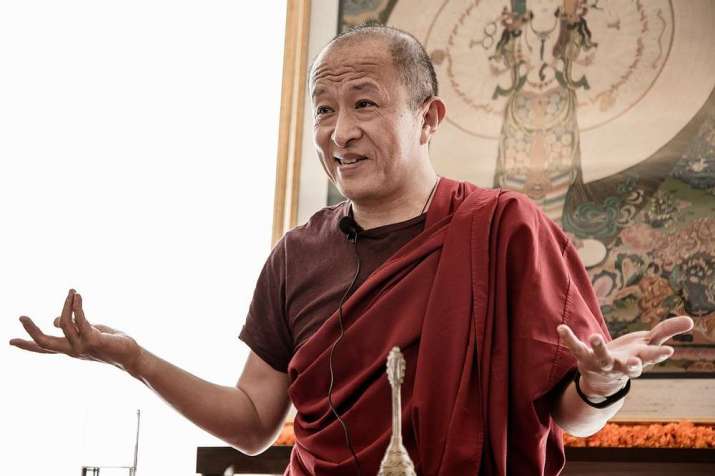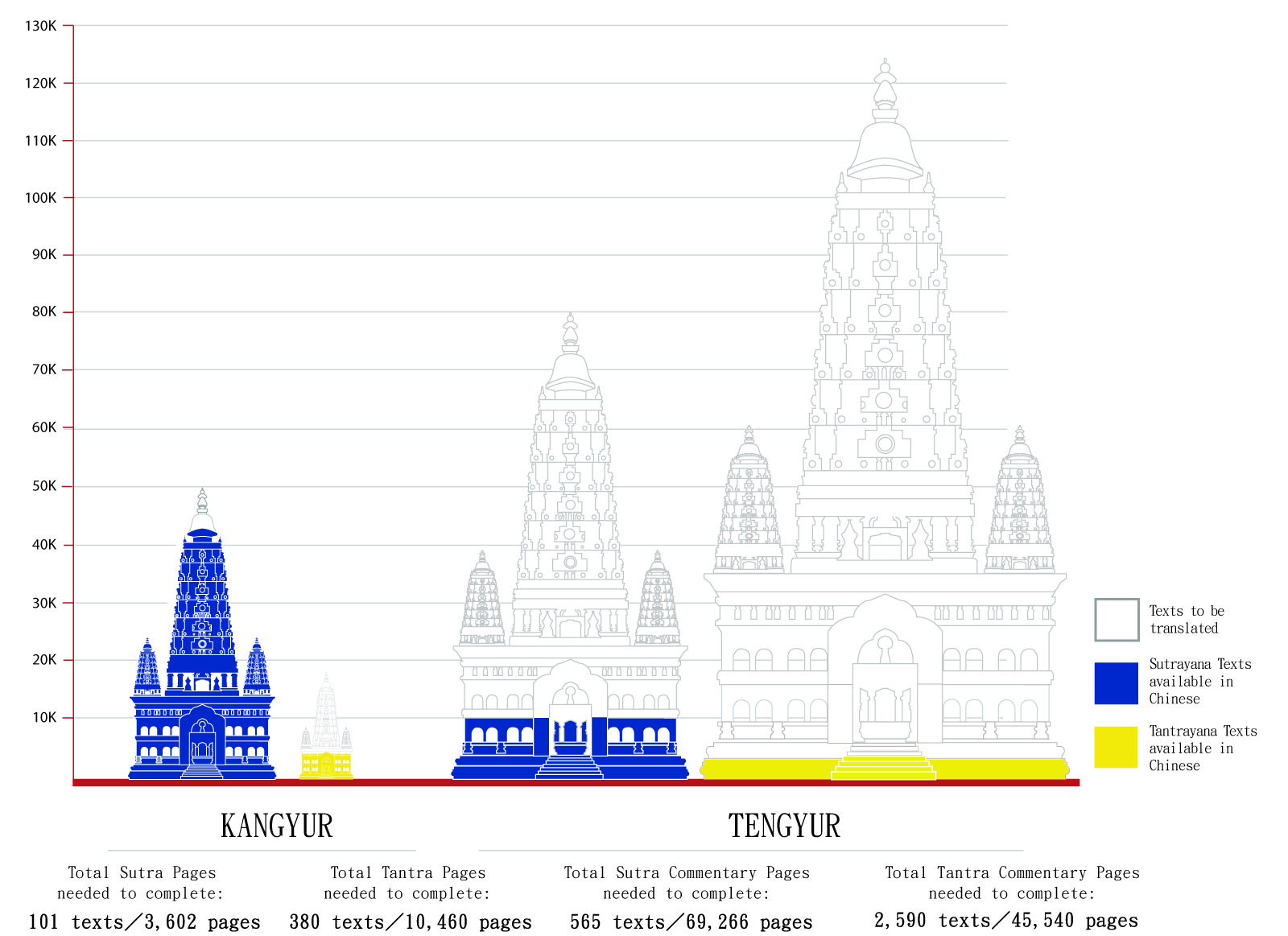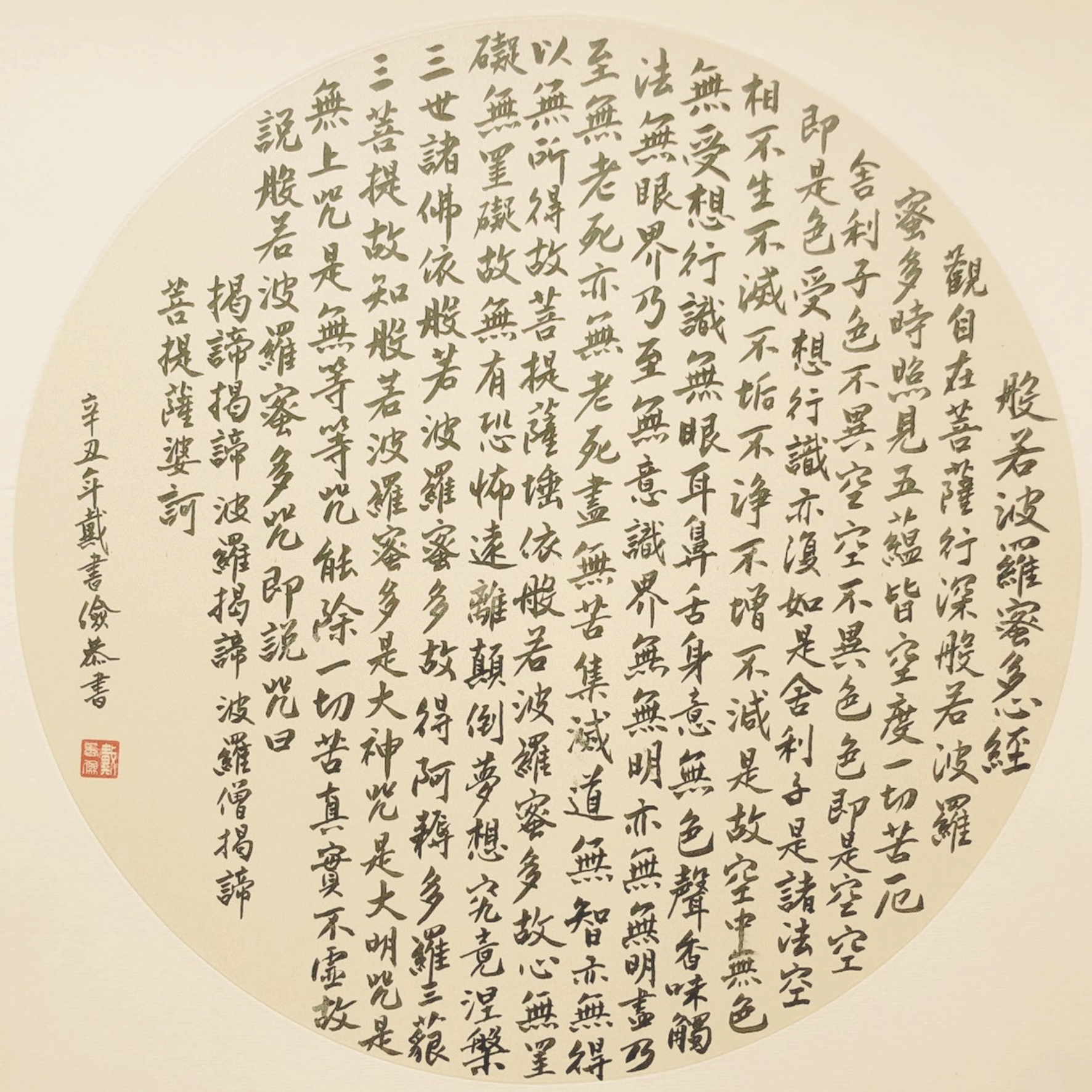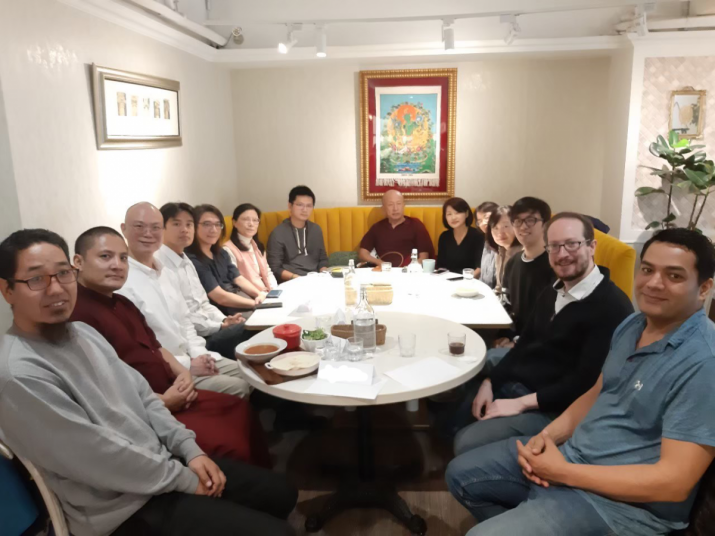NEWS
Khyentse Foundation’s Kumarajiva Project Shifts Focus to Training Translators
 Dzongsar Jamyang Khyentse Rinpoche. From dharmarain.org
Dzongsar Jamyang Khyentse Rinpoche. From dharmarain.orgThe Kumarajiva Project, a translation initiative of Khyentse Foundation, founded by the renowned Bhutanese lama, filmmaker, and author Dzongsar Jamyang Khyentse Rinpoche, which has entered its third year of translating Tibetan Buddhist texts into Chinese,* has announced that it is placing a priority on training translators.
As a result of this new focus, Khyentse Foundation shared that the Kumarajiva Project has developed an intensive six-year comprehensive online training course for prospective translators. The program provides guidance in Tibetan and Chinese languages, basic translation principles and theories, and Buddhist philosophy.
“As of March 2021, we had 17 aspiring translators from different parts of the world training to be translators, editors, and reviewers for the project,” Khyentse Foundation said. (Khyentse Foundation)

Describing the Kumarajiva Project as a “motivation practice,” Dzongsar Khyentse Rinpoche emphasized that the project must continue to move forward for the sake of the Dharma, despite the immensity of the task at hand.
“We know it is very challenging. But we are Buddhists, and if we don’t do this, it will be so heartbreaking to have forgotten these sutras. So we have to do it,” Rinpoche observed. “Due to the severe shortage of qualified translators, the long-term success of translating the Tibetan canon into Chinese will depend on our effort to cultivate the next generation of translators in the coming years. We need to shift our emphasis from actual translations to translator training.” (Khyentse Foundation)
Khyentse Foundation also noted that the Kumarajiva Project recently completed the translation of 14 sutras from the Kangyur and three Indian commentaries from the Tengyur.

From ymfz.org
The foundation has estimated that nine per cent of the sutras in the Kangyur (4,472 pages) and 65 per cent (10,460 pages) of the tantras do not yet have Chinese translations. In the Tengyur, it has estimated that 86 per cent (69,266 pages) of important scriptural commentaries and 36 per cent (45,540 pages) of tantric commentaries have not yet been translated into Chinese.
Khyentse Foundation has emphasized that while more than half of the world’s roughly 500 million Buddhists are Chinese, numerous Buddhist teachings and commentaries by Indian masters have yet to be translated into the Chinese language. The foundation cited, by way of example, the Tibetan Tripitaka, which includes important commentaries explaining Buddhist sutras and tantras, such as the works of Nagarjuna and Vasubandhu. Similarly, the foundation noted, many important texts can be found only in Pali and Sanskrit Buddhist scriptures. The Kumarajiva Project is therefore aimed at enriching the pool of Chinese-language teachings of the Buddha by eventually translating all scriptural texts from Tibetan, Sanskrit, and Pali.

Heart Sutra in Chinese by Shu-jian Dai. From khyentsefoundation.org
In meeting with the Kumarajiva Project team earlier in 2021, Dzongsar Khyentse Rinpoche underscored the historic importance of the Chinese people and Chinese culture to the survival of Buddhism:
“As much as I always emphasize that culture and Dharma are different, these two influence each other. Culture is so important. The Chinese culture is a Buddhism-influenced culture. So many of the monasteries were built and supported by the Chinese diaspora, by the ‘Chinese-speaking world,’” Rinpoche said. “It doesn’t matter whether it came from the Kuala Lumpur Chinese or the Sydney Chinese. The Buddhism that exists in the Chinese language is very important. It’s the source of the fire. When we are trying to keep this source alive, we know we can make more fire from here. So that is the sort of motivation we must have to keep this fire alive.” (Khyentse Foundation)
The Buddhist monk Kumarajiva (344–413) is recognized as one of the greatest translators of Buddhist scriptures into Chinese, and it was in large part due to his efforts that Buddhist religious and philosophical teachings were disseminated in China. Kumarajiva was born in the ancient Buddhist kingdom of Kucha, located on a branch of the Silk Road in what is now Xinjiang Uygur Autonomous Region in northwestern China, and was ordained as a monk at the age of 20. He was raised in the Shravakayana tradition, which he studied in the oasis city of Kashgar, now the westernmost city in China, before later adopting the tenets of the Madhyamaka school of Mahayana.
 Dzongsar Khyentse Rinpoche meets the Kumarajiva Project team. From khyentsefoundatio
Dzongsar Khyentse Rinpoche meets the Kumarajiva Project team. From khyentsefoundatioSpeaking late last year on the importance of work undertaken today to preserve the Buddhadharma, Dzongsar Khyentse Rinpoche noted: “In about 30 years, a lot of our jobs will be done by artificial intelligence. So we are getting closer and closer to becoming irrelevant. When that day happens, I think the teachings that are written in the sutras will become so much more relevant. Your children, 30 to 40 years from now, will appreciate that you have done this.” (Khyentse Foundation)
Khyentse Foundation is a nonprofit organization founded by Dzongsar Khyentse Rinpoche in 2001 with the aim of promoting the Buddha’s teaching and supporting all traditions of Buddhist study and practice. The foundation’s activities include major text preservation and translation projects, support for monastic colleges in Asia, a worldwide scholarship and awards program, development of Buddhist studies at major universities, training and development for Buddhist teachers, and and developing new modes of Dharma-inspired education for children.
* Khyentse Foundation Plans Ambitious Undertaking to Translate Tibetan Buddhist Canon into Chinese (Buddhistdoor Global); Khyentse Foundation’s Kumarajiva Project Marks 2nd Year with 7 Buddhist Texts Translated into Chinese (Buddhistdoor Global)
See more
The Kumarajiva Project (English)
The Kumarajiva Project (Traditional Chinese)
The Kumarajiva Project (Simplified Chinese)
Khyentse Foundation
Related news reports from Buddhistdoor Global
84000 Announces the Historic Publication of a Major Buddhist Sutra Never Before Available in English
84000 Offers “Sūtras for Well-Being” for a World Grappling with Pandemic
Khyentse Foundation’s Kumarajiva Project Marks 2nd Year with 7 Buddhist Texts Translated into Chinese
Khyentse Foundation Launches New Initiative to Translate the Works of Jamyang Khyentse Wangpo
Khyentse Foundation Announces Online Publication of the Sutra of the Questions of Brahma in Chinese
Khyentse Foundation Plans Ambitious Undertaking to Translate Tibetan Buddhist Canon into Chinese
Related features from Buddhistdoor Global
On Being Brave: Dzongsar Khyentse Rinpoche on Technology and the Dissemination of the Dharma
A Buddhist Vision for Education Reform: The Blue Lion Preschool, Inspired by Dzongsar Khyentse Rinpoche
Seeing the Sacred: an Interview with Pawo Choyning Dorji, Producer of Hema Hema: Sing Me A Song While I Wait














